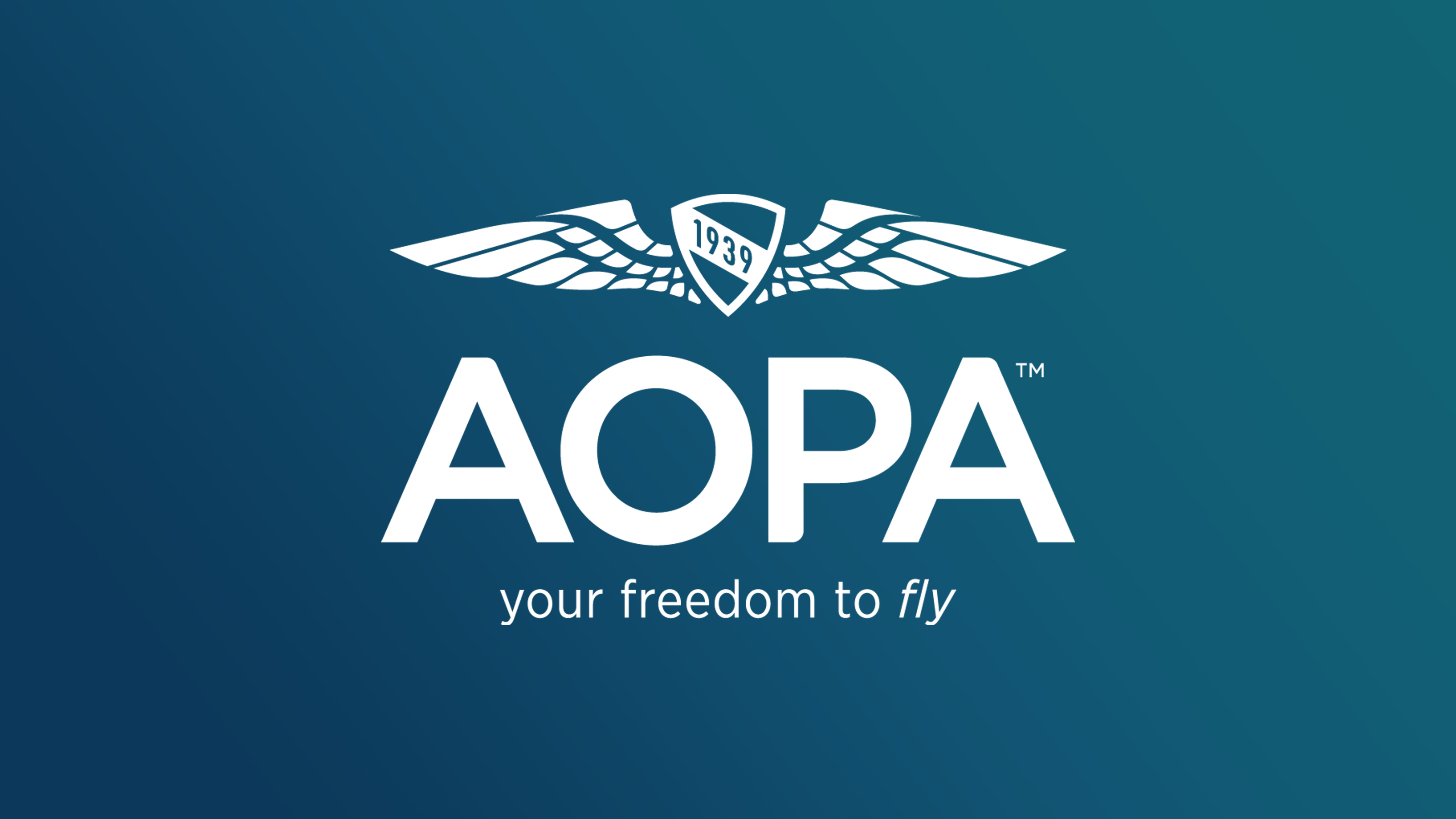TRAINING & SAFETY
- AOPA Flight Training Advantage
- Flight Training Magazine
- Technique
- Knowledge
- Advanced Training
- Career
- Students
- Fun
-
Air Safety Institute
- About ASI
- Air Safety Institute Webinars
- Airworthiness Records
- Videos
- Avoiding Common Aircraft Damage Causes
- Companion Copilot
- Implementing Learn to Turn with Rich Stowell
- Safety Notices
- Scalable Safety Framework
- ASI Speaking Engagement Request Form
- View Your ASI Transcript
- Accident Analysis
- Safety Publications
- Safety Centers
- Online Learning
- Online CFI Renewal (FIRC)
- Flight Training Survey
- Active Pilots
